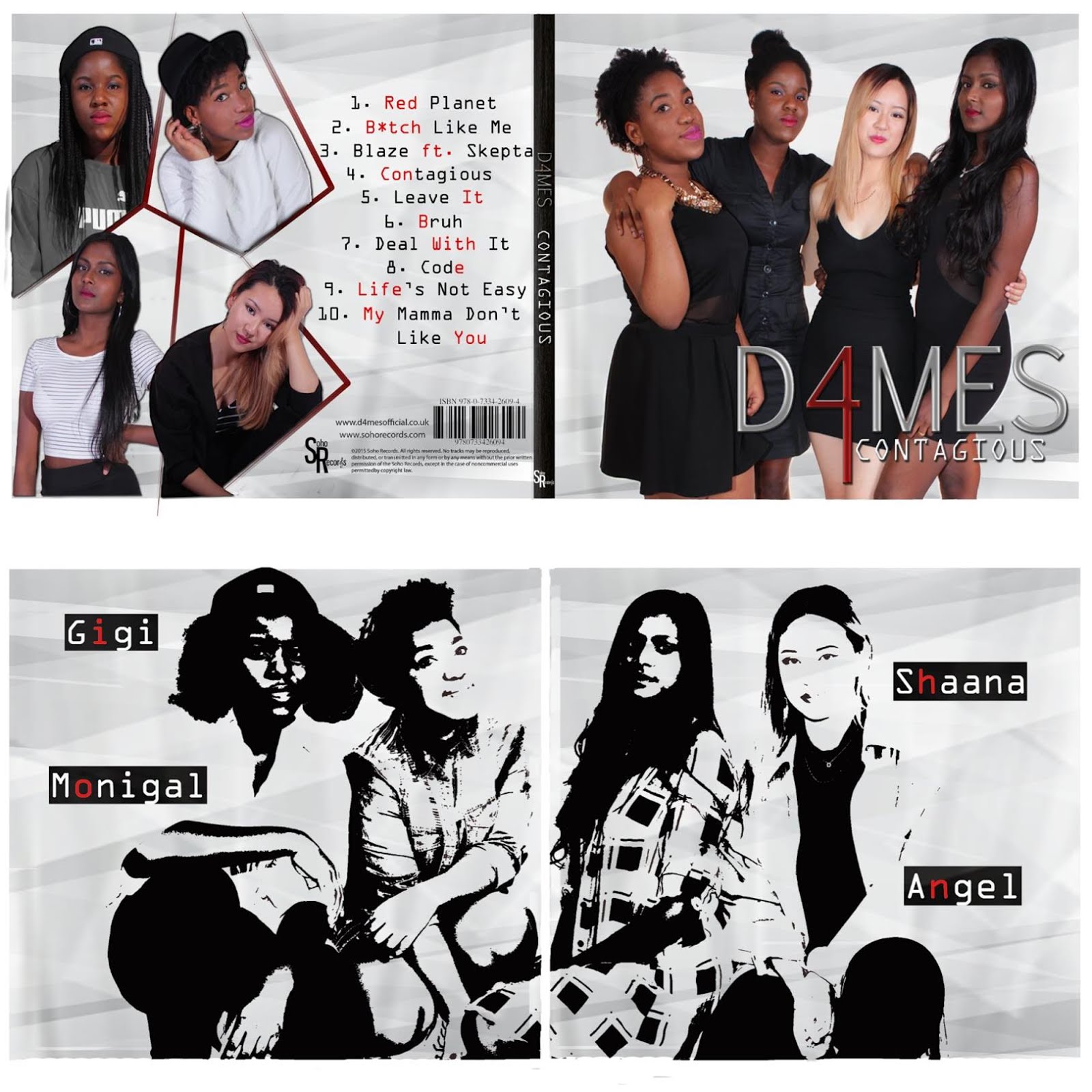Film genres: Animation, Action, Adventure, Comedy
Type of production: Disney, mainstream/blockbuster film. An event movie/high concept
IMDb
Film's narrative: Big Hero 6 is about the special bond that develops between plus-sized inflatable robot (built by Tadashi) and prodigy Hiro Hamada, who team up with a group of friends to form a band of high-tech heroes to solve the mystery behind the crime. Themes of friendship, growing up, a journey and good vs. evil present.
Release dates and formats:
- First release is in Japan on October 23rd 2014 in the Tokyo International Film Festival.
- Then the film will have a staggered release which will be employed to increase positive word of mouth. However a staggered release may encourage piracy. Although the chance to see it in 3D will limit piracy as more people will want to see it theatrically (to enjoy a unique experience).
- Big Hero 6 will be released in the US in October in various film festivals.
- It will also be released in 2D and 3D theatrically in...
the US on November 7th 2014
JAPAN on December 20th 2014
the UK on January 30th 2015
IMDb Pro
Nationality: American, Walt Disney movie, Hollywood movie, all profits go to Disney.
Wikipedia
Institutions:
Producers - Walt Disney Studios Japan (A filmmaker-driven animation studio responsible for creating some of the most beloved films ever made, located in Burbank, Southern California), Walt Disney Pictures
Distributors - Walt Disney Studios Japan, Walt Disney Studios Motion Pictures (in various countries), Forum Hungary
Several members of Marvel's creative team will be involved in the film's production including Joe Quesada, Marvel's chief creative officer. Marvel is a production company which has been bought out by Disney.
Disney is a vertically and horizontally integrated institution - they own all the distribution methods and production methods of their films.
Production Budget: N/A because film is still in post-production
Wikipedia
IMDb
Connections with other films: Big Hero 6 is from the creators of Frozen, Wreck It Ralph and Tangled (their animation styles are similar)
Official trailer (shown above)
 Directors:
Directors:Don Hall - Writer, Animation Department, Actor (known for the Princess and the Frog and Tarzan)
 Chris Williams - Writer, Animation Department, Director (known for the Emperor's New Groove, Bolt and Mulan)
Chris Williams - Writer, Animation Department, Director (known for the Emperor's New Groove, Bolt and Mulan)IMDb Pro
Stars:
Ryan Potter (as Hiro Hamada)
Scott Adsit (as Baymax)
Jamie Chung (as Gogo Tomago) - is known for 'The Hangover' and 'Sucker Punch'
Not greatly famous cast.
Wikipedia
Core audience: Children, teenagers, fans of Disney
Secondary audience: Fans of Marvel, fans of Japanese culture, fans of the Big Hero 6 comic, fans of superhero films
Tertiary audience: Older siblings, parents, animation fans, fans of the music/bands (Fallout Boys song)
Kerrang Magazine Article

_poster.jpg)






